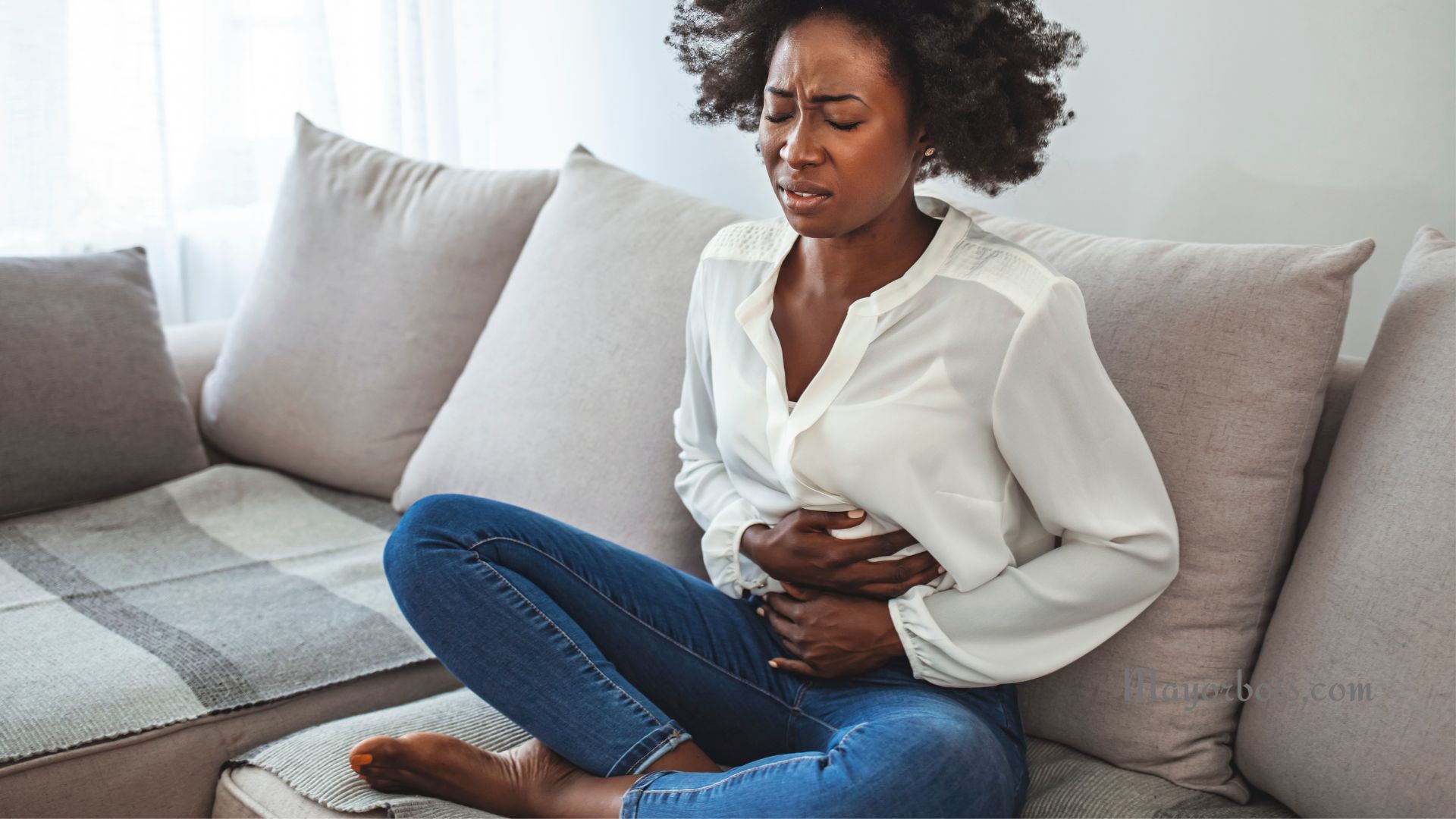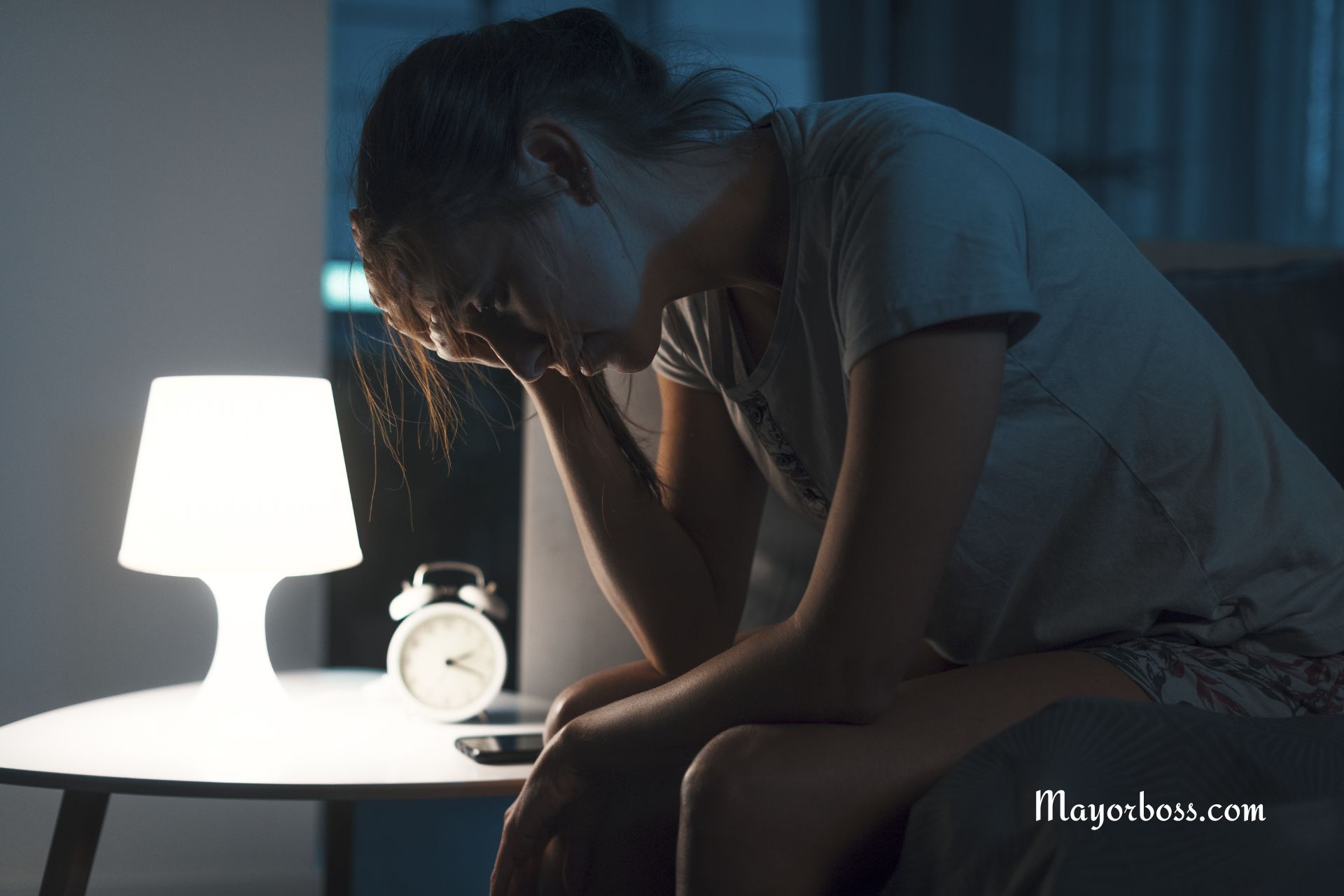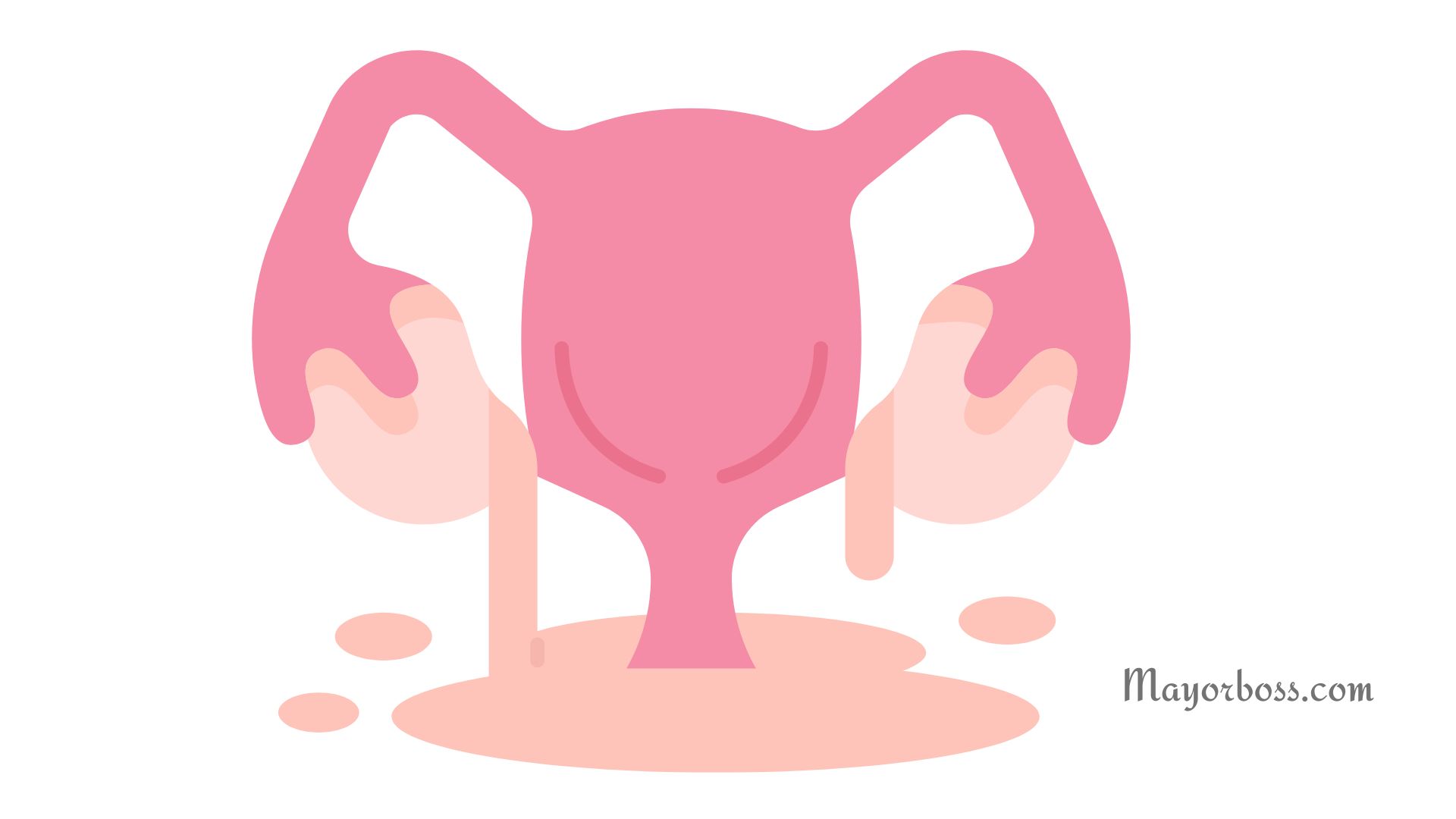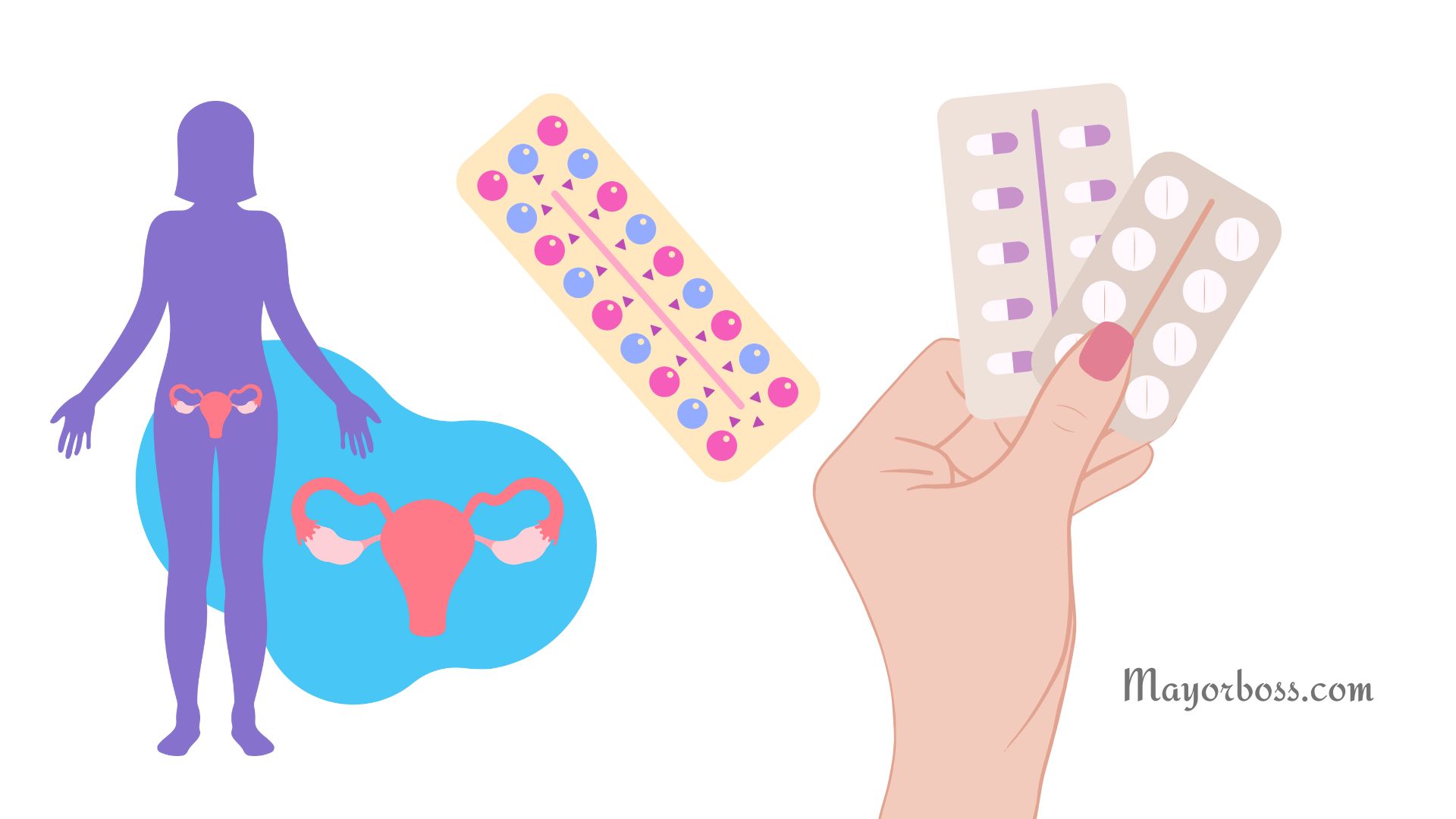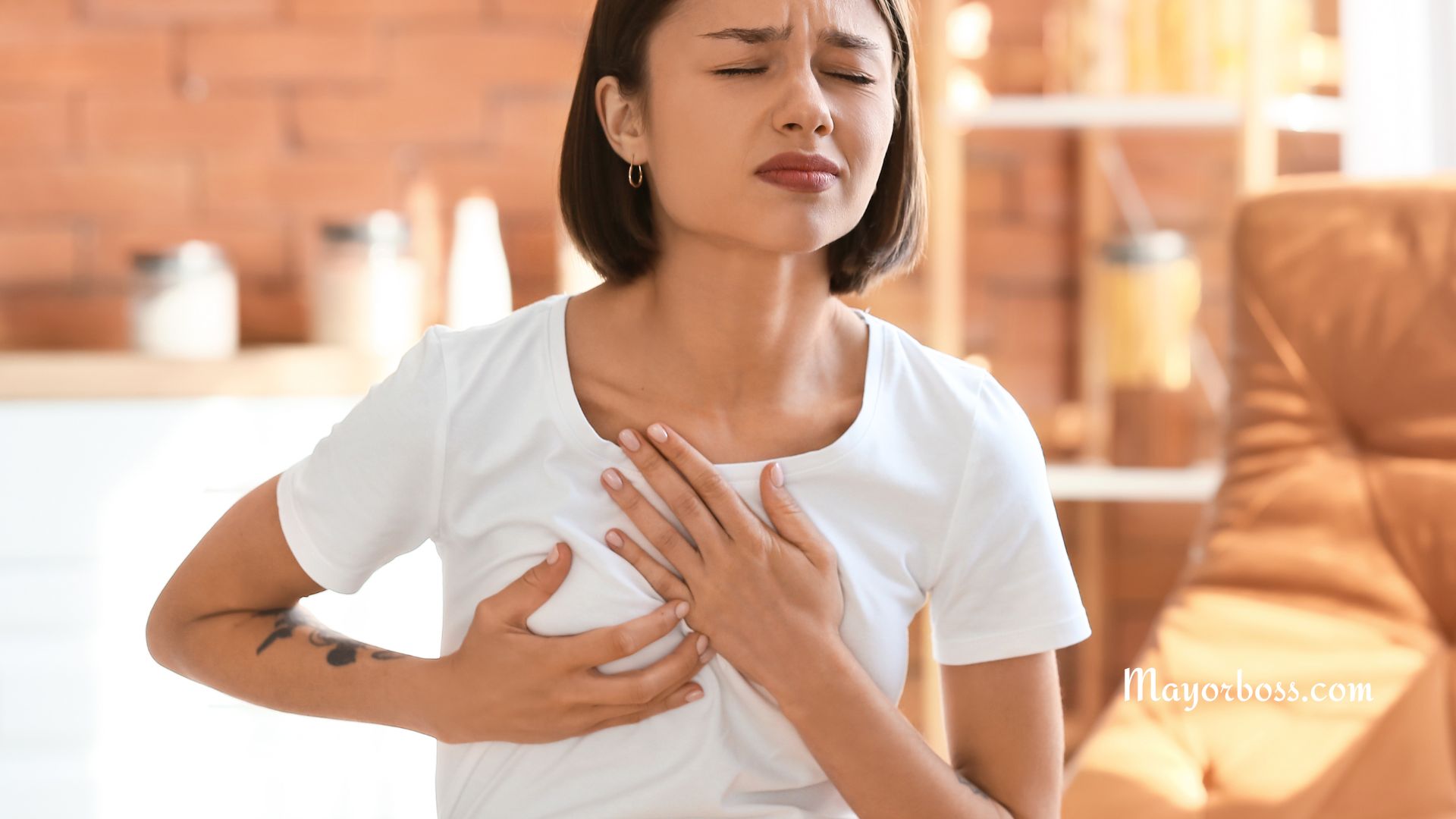What is Premenstrual Syndrome (PMS)?
Premenstrual syndrome, more commonly known as PMS, is a collection of physical and emotional changes many women experience in the days leading up to their menstrual period. It’s a recurring pattern of symptoms that disrupt daily life for millions of women. While the exact causes of PMS are still not fully understood, experts believe it’s linked to the natural changes in hormone levels throughout a woman’s menstrual cycle.

Signs and Symptoms of PMS
PMS symptoms can vary widely from woman to woman, both in type and severity. Here’s a breakdown of the many potential changes you may experience:
- Physical Symptoms
- Emotional Symptoms
- Mood swings
- Irritability or anger
- Anxiety or feeling overwhelmed
- Sadness or depression
- Difficulty concentrating
- Changes in sleep patterns (insomnia or excessive sleepiness)
Understanding the Timing of PMS
PMS symptoms generally emerge in the second half of the menstrual cycle, after ovulation, and before the onset of your period – this is called the luteal phase. Symptoms typically worsen as your period approaches and then disappear within a few days of your period starting.
Differences Between PMS and PMDD
It’s important to distinguish between the common experience of PMS and a more severe form called Premenstrual Dysphoric Disorder (PMDD). PMDD involves extreme mood disruptions, often severe enough to interfere with daily life and relationships. If you suspect you might have PMDD, it’s crucial to consult with your doctor for accurate diagnosis and appropriate treatment.
How to Find Relief from PMS
While there’s no single solution that works for everyone, there are a range of strategies that can help you cope with and manage PMS symptoms:
- Lifestyle Changes
- Get regular exercise: Physical activity can boost mood and reduce many PMS symptoms.
- Eat a healthy diet: Focus on whole foods, fruits, and vegetables, and limit processed foods, salt, and sugar.
- Prioritize sleep: Aim for 7-8 hours of quality sleep each night.
- Manage stress: Practice relaxation techniques like yoga, meditation, or deep breathing exercises.
- Over-the-Counter Remedies
- Natural Supplements
- Calcium: Studies suggest calcium supplements might ease both physical and mood-related PMS symptoms.
- Vitamin B6: This may help with mood swings and irritability.
- Chasteberry: A popular herbal remedy, but its effectiveness for PMS is still under debate.
- Seek Medical Advice
- Hormonal birth control: Can stabilize hormone levels and reduce PMS symptoms for some women.
- Antidepressants: Specific classes (SSRIs) might be prescribed for severe PMS or PMDD, especially if mood symptoms are predominant.
Frequently Asked Questions (FAQs):
- Is there a reliable way to track my PMS symptoms? Yes! Keeping a menstrual cycle diary for a few months can help you identify your individual PMS patterns, triggers, and effective coping strategies.
- When should I see a doctor about my PMS symptoms? If your symptoms are severe and significantly disrupting your work, relationships, or daily life, consult your doctor to rule out other medical conditions and discuss treatment options.
- Can PMS be prevented? There’s no guaranteed way to prevent PMS entirely, but the lifestyle changes and management strategies outlined above can definitely help to lessen its impact.
Remember: PMS is a common experience, and you don’t have to suffer in silence. Seeking support from friends, family, or healthcare professionals can make a big difference in how you feel.

